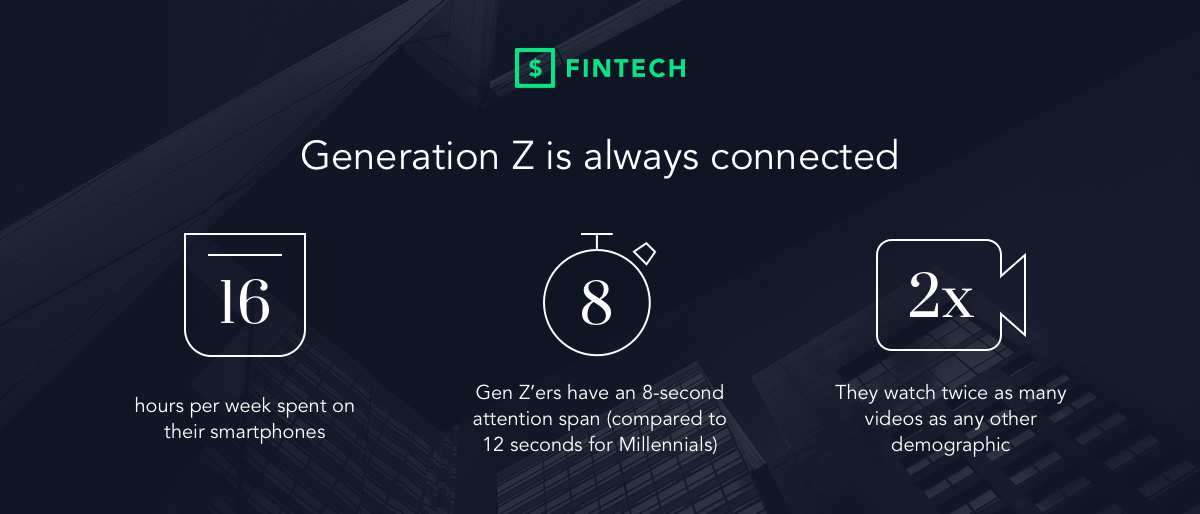How to Market to Generation Z Across Cultures

Let’s talk about Generation Z, also known as Post-Millennials, the iGeneration or the more homogeneous “world’s first global generation.”
Sure, they’re homogeneous globally in terms of buying power. Born after the mid-1990s, the oldest members of Generation Z are now entering the workforce and expected to command about 40% of all consumer shopping by 2020.
But where will we see the largest share of these buyers? In the US, where Gen Z comprises 21.5% of the population—a small portion of Gen Z’s 32% share of the world—and where (according to a 2018 Deloitte survey) youngsters are doubtful they’ll have more opportunities than their millennial predecessors? Or in emerging markets like China and India, where Gen Zers are confident they’ll be better off than their parents?
Ultimately, the evidence begs an important question: can we paint this new breed of customers with a “global” brush when it comes to marketing across cultures? We think not.
It’s tempting to look at common Generation Z characteristics across markets and assume a one-size-fits-all approach. But more than other generations, Gen Z expects personalization, and their consumer behaviors and preferences do vary by country. In this post, we’ll cover a few examples of differences and how to account for them when marketing to Gen Z globally.
How to target Gen Z’s preferences for…
Communication
Also known as the first true digital natives, Generation Z grew up comfortable in both the digital and physical (“phygital”) worlds. They generally prefer to communicate and shop online. But considering their tendency to make decisions quickly—a byproduct of instant access to information and eight-second attention spans—you’ll lose them if you don’t get to the point with direct, no-fluff messaging.

[Source]
Don’t get them wrong—Gen Zers are more than happy to interact for more than a few seconds with their favorite brands, as long as those interactions are authentic and meet them where they are across multiple, mobile-first touchpoints, according to IBM.
But those touchpoints should differ across countries. For example, a survey by messaging platform LivePerson found that young consumers are more willing in some countries than others to receive offers and promotions digitally (Germany is the most digital-shy while France is digital-first). Asked how they prefer to find information, English-speaking Gen Zers ranked live chat after a brand’s app or website, while those in Germany, France or Japan prefer to call or use social media.
What to do in your marketing
Take an omnichannel approach (as described in this global report) to answering questions and providing information. But ditch text messaging and sales gimmicks of the past—both of which Gen Z largely views as spam—and always prioritize mobile and social experiences.
75% of Gen Z prefers mobile over desktop, so design your website and content with mobile in mind.
And for most (particularly in emerging markets), social media is integral to everyday life. Here are a few best practices to guide your campaigns:
- Consider using platforms that are popular in other countries, like WeChat and QQ in China.
- Partner with micro-influencers. Gen Z is more likely to try products endorsed by their Instagram- or YouTube-famous idols and peers.
- Use quick but meaningful information to catch attention. A global study by the National Retail Federation (NRF) found that 44% of Gen Zers would submit product feedback, for example—so ask for it and make it easy for them to do so.
One thing to note that Gen Z does share across the world is a stronger commitment to social responsibility than any other generation, NRF also found. Fifty-five percent choose brands that represent the same commitment to social good, so use social media as an opportunity to speak to the causes your audience cares about. Brownie points if you can involve an influencer, like Nike did with Colin Kaepernick.
Immersive experiences
Young consumers are part of a YouTube/Reddit/BuzzFeed generation that prefers short, “snackable” media above all else. On average, Google found, they spend more than three hours a day watching one- to three-minute videos on their phones. At the same time, according to a survey by Harvard Business Review, they’re increasingly eager to escape altogether—to virtual, augmented and mixed realities.
VR technology is becoming inexpensive, leading to increased adoption among consumers around the world. Yet HBR found stronger enthusiasm for VR in some countries (Mexico and Singapore, for example) than others (particularly India, whose biggest hurdle might be the availability of hardware).
What to do in your marketing
According to cultural mythologist John Bucher, Gen Zers generally prefer phygital (mixed-reality) experiences because they provide a best-of-both-worlds chance to take a break from their always-on lifestyle. So, if you can, explore ways to integrate VR or AR into your content: think mixed-reality video or 360-degree tours. Pay attention to whether your audience has access to headsets.
(If VR doesn’t make sense for your market, traditional video is the next best thing. Focus on short, snackable formats or “stories” on channels like Instagram, Facebook and Snapchat.)
Among the most popular applications for VR is to let customers try before they buy—as Nike lets you test sneaker colors or Volvo takes you on a test drive.
Work life
Generation Z is in no hurry to follow in the footsteps of Millennials, who left college at a professional disadvantage when the recession hit. Gen Z would prefer to take matters into their own hands. More than 1 in 4 are interested in starting their own business, according to that same study by HBR. As budding employees, the remaining 75% of Gen Zers seek leadership roles, opportunities for career growth and avenues to sharpen their skills.
Nevertheless, they have reservations. Young consumers in Mexico worry about developing the skills needed to lead, HBR found, while the UK lacks the confidence to lead. Canada worries about failure. And high levels of stress are the biggest barrier to leadership in countries like Japan and France. Nevertheless, more than the preceding generation, Gen Z has a strong desire to learn.
What to do in your marketing
One of the surest ways to win Gen Z’s trust is to speak to those insecurities. Again, consider how to connect on a meaningful, personal level. Surveys, community discussions and focus groups are great ways to get real-world insight into their challenges and inform appropriate content. And again, use social media for positivity, as sometimes it can have negative, anxiety-feeding effects on young adults. Inspire them with stories (including visuals) about the professional successes of their peers.
To help them develop skills, prioritize educational content like product demos, tutorials and online courses. Oberlo suggests appealing to Gen Z’s entrepreneurial spirit in your content by emphasizing qualities like self-empowerment, determination and resilience. And to appeal to their interest in running businesses, why not take them behind the scenes of yours (with that 360-degree tour, perhaps)?
Conclusion
As its spending power grows, Gen Z undoubtedly becomes the next big opportunity for global brands. And with the internet’s ability to reduce cultural barriers, you might agree with the 58% of adults who believe “kids today have more in common with their global peers than they do with adults in their own country” and that Gen Z is, indeed, the world’s first global generation.
Yet when it comes to global marketing, the same rules apply as for other generations. While you can leverage common preferences to an extent, personalized content wins the race to connect with consumers of any age. Call them what you will, but young consumers don’t want to be labeled anyway. They want to be treated as individuals—and that means being treated to tailored (localized) experiences.
What tactics have you found to be most effective for marketing to Gen Z? Let us know in the comments.
